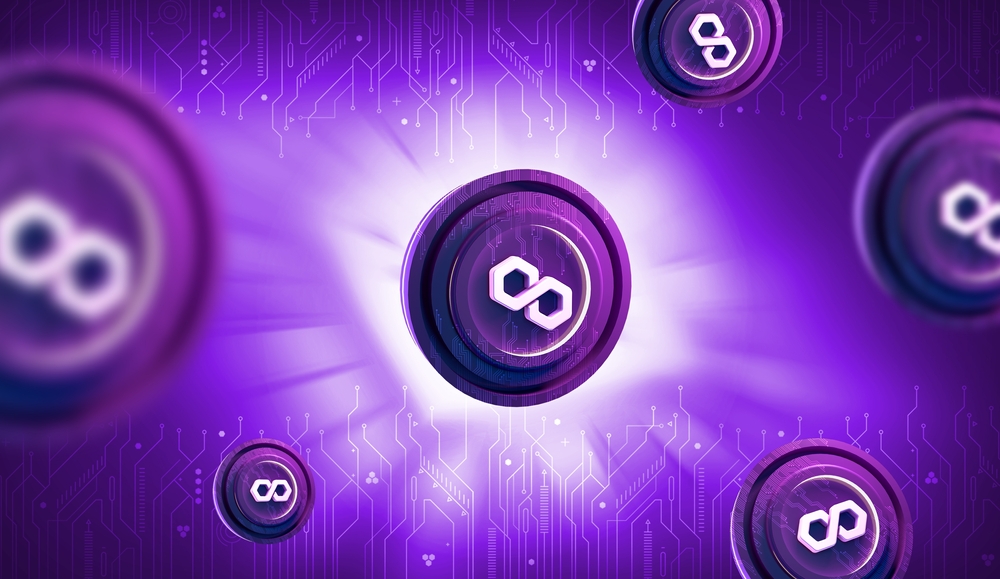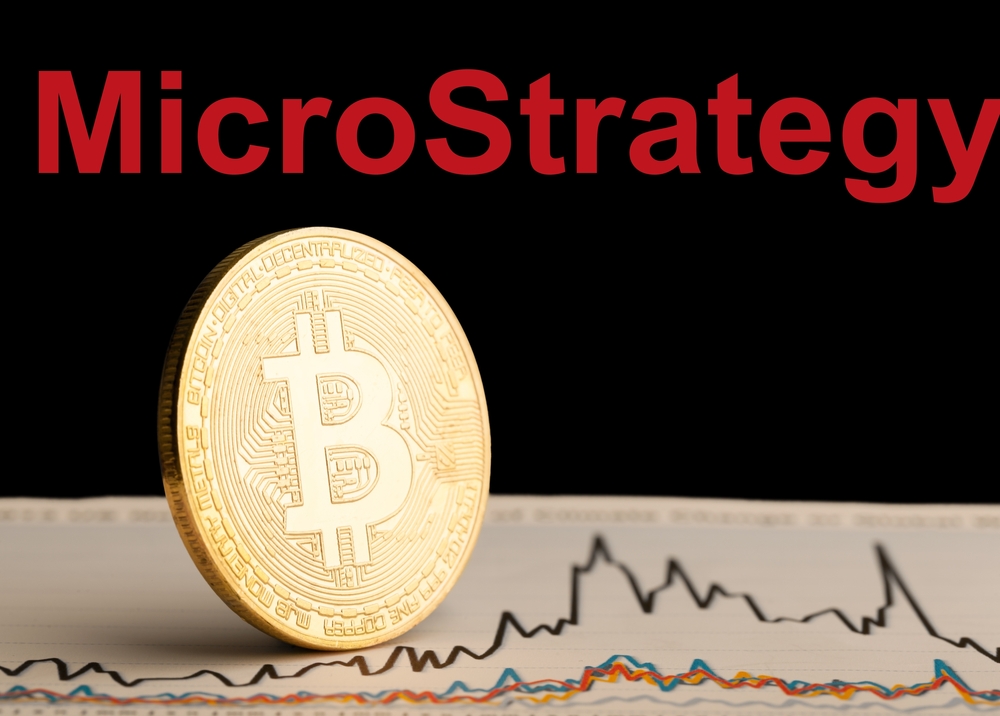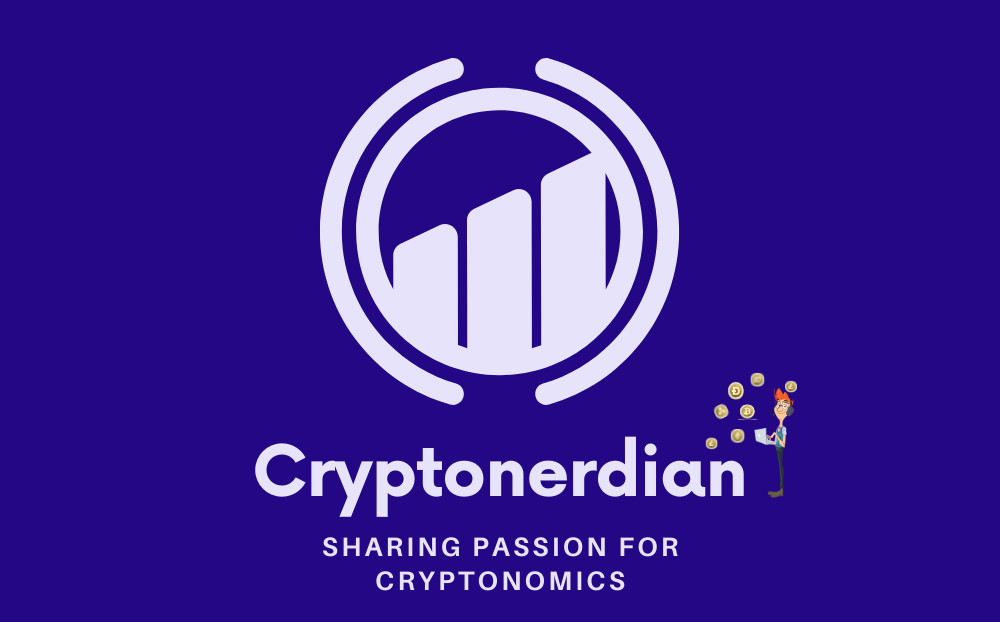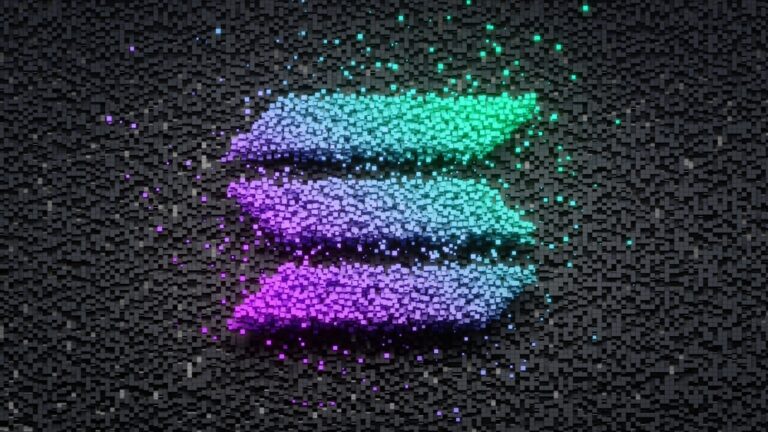Table of Contents
ToggleMATIC to POL Conversion: Essentials for Informed Crypto Trading
Understanding the relationship and conversion between MATIC to POL is essential for anyone actively involved in the cryptocurrency and blockchain sector. MATIC is the native token of Polygon, a protocol and a framework for building and connecting Ethereum-compatible blockchain networks. Polygon aims to provide scalable solutions by addressing some of Ethereum’s major limitations, including its throughput, poor user experience (high speed and delayed transactions), and lack of community governance.
The utility token POL is interconnected with MATIC within the Polygon ecosystem. It is critical to understand the conversion mechanisms, the technological foundations of the platform, and the economic implications within the ecosystem. Polygon’s architecture, which includes the Ethereum layer, security layer, Polygon networks layer, and execution layer, allows for a multi-faceted approach to scaling and developing on the Ethereum blockchain. Polygon 2.0 introduces further enhancements and innovations, focusing on improving the infrastructure to support a more robust and valuable internet in the future.
Key Takeaways
- Polygon’s MATIC provides a framework for connecting blockchain networks with Ethereum.
- The ecosystem’s architecture and Polygon 2.0 enhancements foster scalable blockchain solutions.
- Tokenomics in Polygon involve understanding the implications of MATIC and POL utility and conversion.
Understanding MATIC to POL Conversion
The MATIC to POL conversion involves a comprehensive upgrade process that can significantly affect tokenomics, staking incentives, and the compatibility with existing wallets and infrastructure. This section unpacks the key components essential for token holders and users to grasp the implications of the transition from MATIC to POL.
Token Upgrade Process
The transition from MATIC token to POL token entails a token upgrade process where holders must actively migrate their assets. It’s critical to follow the official guidelines to ensure that tokens are correctly converted, maintaining the integrity and value of the assets during the migration.
Initial Supply and Emission Rate
The initial supply and emission rate of POL tokens are predefined, with a transparent schedule that dictates how new tokens will be released into the ecosystem. These factors are central to the tokenomics, influencing the market supply and potential future value of POL tokens.
Effect on Staking and Rewards
Staking and rewards systems may undergo changes as a result of the MATIC to POL conversion. Updated mechanisms will determine how users can stake POL tokens and the subsequent staking rewards they receive. This transition is vital for those invested in the network’s security and passive income prospects.
Impact on Token Holders
Token holders must be aware of the conversion’s impact on their holdings, especially regarding token value and utility. Changes might include alterations in the governance structure, incentives, and the role token holders will play in the POL ecosystem.
Wallet and Infrastructure Compatibility
Compatibility with existing wallets and infrastructure is essential for a smooth conversion process. Users should confirm that their preferred wallets support POL and stay informed about any updates or necessary actions to maintain access and control over their funds following the upgrade.
Exploring the Polygon Architecture
The Polygon architecture represents a well-engineered solution to Ethereum’s scalability and usability issues by employing layer 2 solutions such as rollups and a proof-of-stake consensus mechanism to enhance network security and maintain decentralization.
Layer 2 Solutions and Rollups
Polygon’s architecture is fortified with Layer 2 scaling solutions and rollups to drastically reduce gas fees and increase transactions per second (TPS) on the network. Polygon 2.0 aims to introduce further advancements with zkEVM, a groundbreaking technology that promises to strengthen the compatibility and efficiency of these scaling solutions by utilizing zero-knowledge proofs.
Proof-of-Stake Mechanisms
The network employs a Proof-of-Stake (PoS) mechanism, which not only improves the energy efficiency of transactions but also enables faster transaction finality. In this PoS system, the validators are incentivized to maintain the network’s integrity, securing the stability and reliability of the Polygon network.
Network Security Innovations
Network security is pivotal in the Polygon architecture, with continuous improvements in protocol safety measures. Innovations like cryptographic proofs and sophisticated security practices protect the network from malicious attacks and ensure the safety of transactions.
Decentralization and Governance
Polygon’s commitment to decentralization reflects in its governance model, which empowers community members and token holders to influence the direction of the network development. The architecture supports a decentralized and transparent decision-making process, encompassing a wide range of stakeholders in the Polygon ecosystem.
Polygon 2.0: Enhancements and Innovations
Polygon is embracing a significant upgrade aimed to bolster its protocol’s scalability and expand the Polygon ecosystem. The Polygon 2.0 upgrade brings a suite of advanced features designed for enhanced efficiency, security, and user engagement.
Upgraded Protocol Architecture
The upgraded protocol architecture in Polygon 2.0 introduces a more robust and flexible network foundation. It encompasses improved scalability solutions and a novel approach to handling transactions, expected to reduce congestion and enhance throughput. This refined architecture sees validators playing a pivotal role in maintaining network integrity, further underscored by a more robust and decentralized staking token system.
Introduction of ZkEVM and Validium
Polygon 2.0 integrates ZkEVM (Zero-Knowledge Ethereum Virtual Machine) and Validium, leveraging zero-knowledge proof technology for scalability and privacy. ZkEVM is designed to run Ethereum smart contracts more efficiently, while Validium employs off-chain data computation to reduce on-chain load, aiming for greater transaction speeds and lower costs without compromising security.
The Role of the Community Treasury
Community Treasury plays a fundamental role in the Polygon 2.0 upgrade by aligning incentives across the platform’s participants. It acts as a financial backbone for the ecosystem, empowering token holders to propose and vote on funding initiatives that drive the network’s growth and ecosystem support.
SuperNet and Ecosystem Expansion
Polygon 2.0 introduces SuperNet, a feature designed to foster ecosystem expansion. It provides teams and developers with the tools to create dedicated networks for their applications, leading to a more interconnected and versatile Polygon ecosystem. This is expected to stimulate innovation and facilitate a seamless user experience across various applications within the platform.
Tokenomics and Opportunities in the Polygon Ecosystem
Understanding the Polygon ecosystem requires a grasp of its unique tokenomics and avenues for growth. Emphasized are the roles of the MATIC token as both the staking and gas token, the importance of liquidity and validator participation, cross-chain capacities relative to the Ethereum network, and the vibrant investment ecosystem with Decentralized Autonomous Companies (DACs).
Understanding Liquidity and Swap Mechanisms
Polygon utilizes a unified liquidity pool to optimize swaps and other transactions on the network. This facilitates efficient asset exchanges while keeping gas costs low. Integrating multiple chains, the ecosystem ensures seamless liquidity for users looking to swap various cryptocurrencies.
Analyzing the Validator Pool and Governance
The validator pool in Polygon is central to maintaining the integrity and performance of the network. MATIC tokens are staked in this pool, conferring governance rights to stakeholders who partake in significant decisions through a technical proposal and voting process.
Exploring Cross-Chain Interoperability
Polygon’s architecture is designed for cross-chain interoperability, particularly with the Ethereum network. This creates opportunities for developers and users in the ecosystem to move assets across various platforms, expanding use cases and connectivity within the blockchain space.
Investment Ecosystem and DACs
Decentralized Autonomous Companies (DACs) play a pivotal role in the investment landscape within Polygon’s ecosystem. They offer a new model of organizational structure and have the potential to unlock numerous opportunities for collaborative development and funding of the ecosystem.
Research and Development Updates
The ecosystem thrives on continuous research and development, spearheaded by dedicated teams and researchers. Recent updates or significant developments in the technology are disseminated to keep participants informed and engaged with the latest improvements and features.
Note: The above content is purely informative and integrates synthesized knowledge with provided search results. No direct excerpts from the search results have been used.
The Future Value of the Internet
The evolution of the internet’s value layer is significantly influenced by blockchain technologies such as Ethereum and the visionary work of the Polygon founders. These innovations are shaping a more secure, scalable, and decentralized online world.
Paving the Way for Zero-Knowledge Technology
Zero-Knowledge Proofs (ZKPs) have become a critical part of the upgrade to smart contract platforms. They enable transactions and computations to be verified without revealing any underlying data, enhancing privacy and security. Ethereum’s integration of ZKPs aims to bring this advanced cryptography to a wider audience, underscoring the potential for zero-knowledge technology to act as a cornerstone of internet privacy.
Expansion of Decentralized Applications (DApps)
The growth of Decentralized Applications (DApps) is a fundamental aspect of the internet’s value transformation. DApps operate on top of a blockchain protocol, principally Ethereum, removing the need for central intermediaries. Their expansion heralds a seismic shift in how services and applications are delivered and experienced on the web, promoting a more peer-to-peer infrastructure ethos.
Long-Term Security and Scalability
The focus on security and scalability is paramount as the internet enters its next phase. With the Polygon founders‘ commitment to improving Ethereum’s infrastructure, there is a push to make these platforms capable of supporting an ever-growing user base and increasingly complex systems. Scalability solutions, such as sharding, combined with rigorous security measures, are imperative to maintain the integrity and efficiency of the internet’s emerging value layer.
Frequently Asked Questions
In this section, detailed answers to common questions on the MATIC to POL conversion process are provided, informing users on the specifics of staking, holding benefits, platform usage, the transition for decentralized applications, and key dates for conversion.
What is the process for converting MATIC to POL?
To convert MATIC to POL, users typically engage with a cryptocurrency exchange or a decentralized platform that supports this specific token swap. The process involves selecting the MATIC tokens for conversion, specifying the desired amount, and executing the trade which will then provide the equivalent POL tokens according to the current exchange rate.
How does staking POL tokens differ from staking MATIC?
Staking POL tokens may involve different mechanisms or rewards systems, as POL could have unique staking protocols in contrast to MATIC’s established Proof-of-Stake consensus. The staking rewards, lock-up periods, and participation requirements could vary significantly between the two tokens.
What are the benefits of holding POL tokens compared to MATIC on the Polygon network?
Holding POL tokens might offer distinct advantages such as participation in specialized governance protocols or access to particular network services that MATIC doesn’t provide. POL could also present unique economic incentives, potentially influencing the token’s demand and value within the Polygon network’s ecosystem.
Can MATIC be used on platforms that require POL, and if so, how?
If a platform requires POL for transactions and interactions, users would need to convert their MATIC to POL through available exchange services. Only after converting can they utilize the platform, ensuring compliance with the platform’s token requirements.
What should users know about the transition from MATIC to POL for decentralized applications?
Users need to be aware that decentralized applications (dApps) transitioning from MATIC to POL may experience changes in smart contract interactions and the need for updated wallet configurations. It’s important to monitor announcements from dApp developers to understand the technical adjustments and avoid disruptions.
Are there any important dates or deadlines associated with the MATIC to POL conversion that users should be aware of?
Users should look out for official communications regarding key dates or deadlines for the MATIC to POL conversion. This may include periods for preferred conversion rates, cutoff dates for certain functionalities, or the final date after which MATIC will no longer be supported on specific platforms.












